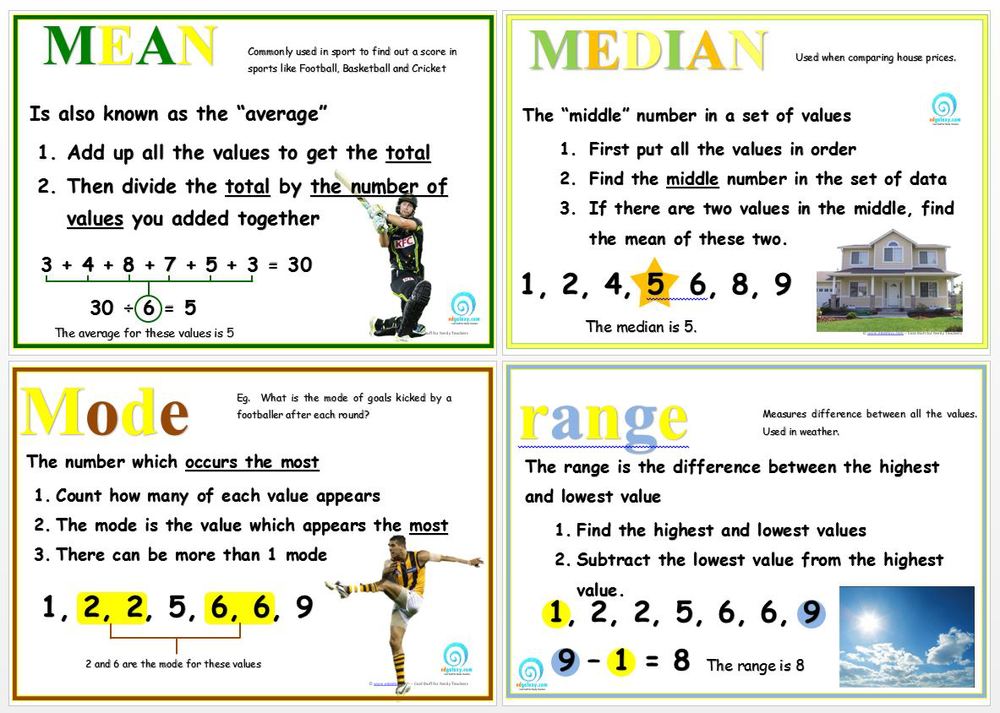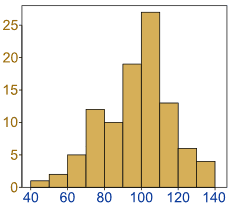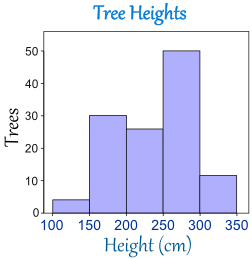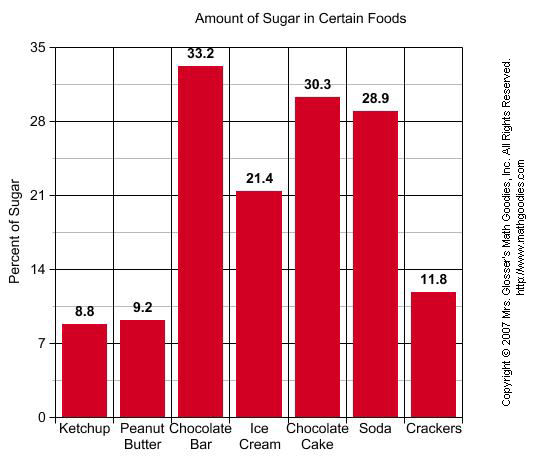Statistics
This week I will be breaking down
statistics with the help of graphs. The graphs help to display relationships between collected data. For this lesson M & M's are used to illustrate the graphs. For this experimental probability exercise my class and I received individual bags of M & M's.
First, we were asked to make a guess on how many of a specific color we thought we would have in our bag. Then the same thing with the least we thought we would have. After that we opened the bag and arranged them into their colors on a graph, like the one you see above. The picture shows my results from this exercise on a
real graph.
We then compared our sample to our neighbors and then with the whole class. A lot of us were very wrong about our predictions about what color would be the most popular or the least popular. After that we shaded in our graphs to make them
pictographs.
Next came the
Dot Graphs, which gave more of a visual as to what was the most or least present color of M & M.

\
We totaled all the colors together by taking the number of the "X's" and multiplying it by the number on the number line. In this exercise we had a total of 378 M & M's. With the most being Orange and the least being Brown. I was very off, because in the beginning I predicted there would be the most Red and the least Orange.
Lastly, we composed another pictograph along with a bar graph. The difference with the pictograph then the first one is that this graph has one circle representing ten M & M's instead of the one to one ratio before. Also both of these graphs display the amount of M & M's the whole class had altogether for each color, before it only showed my sample. I think they both do a fine job of representing how many of each color were in each sample because they look the same. Although, personally, I think the pictograph was easier to build.
Blogroll:
Tags:












.JPG)

.jpg)

